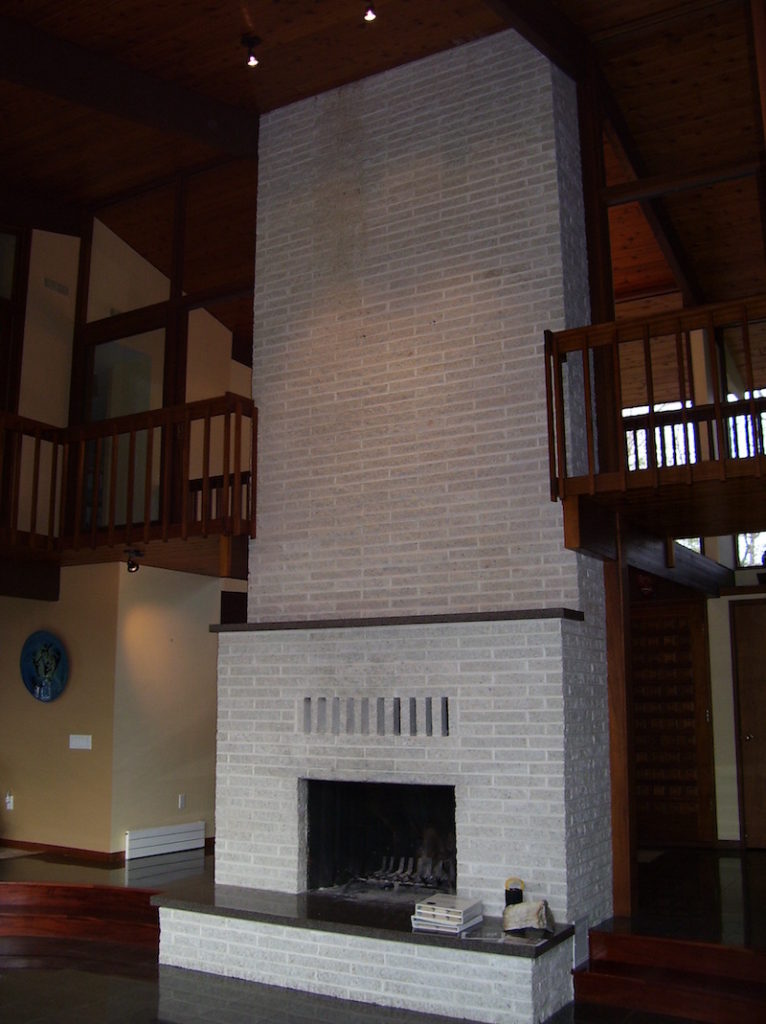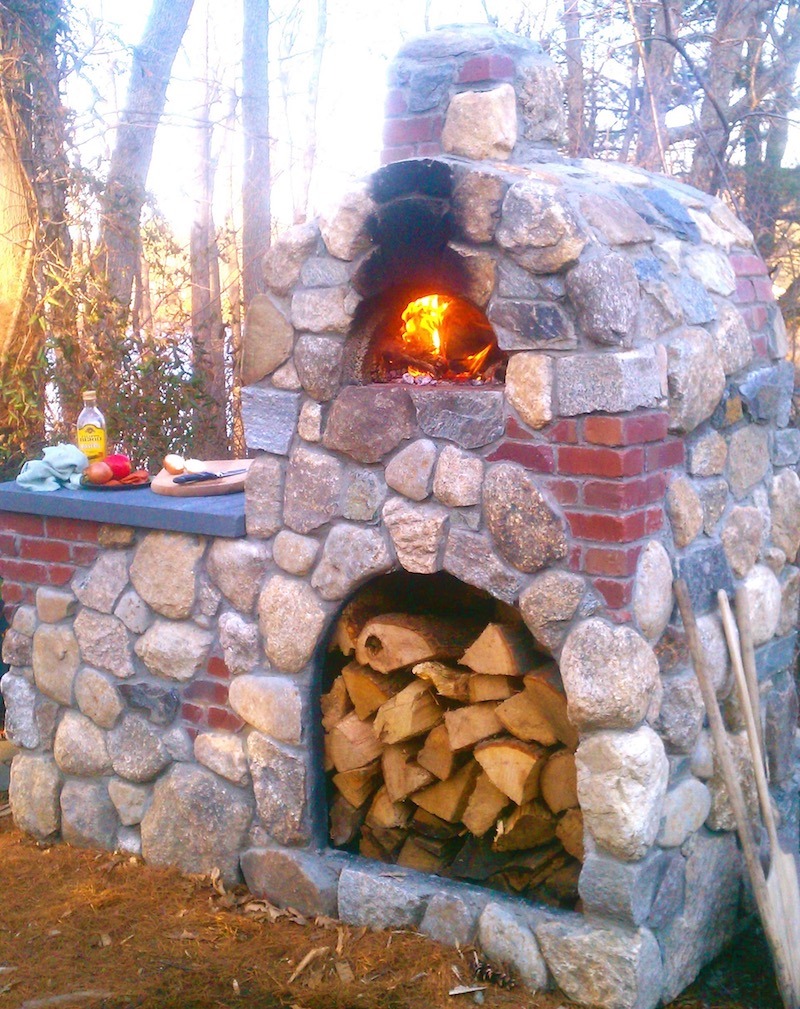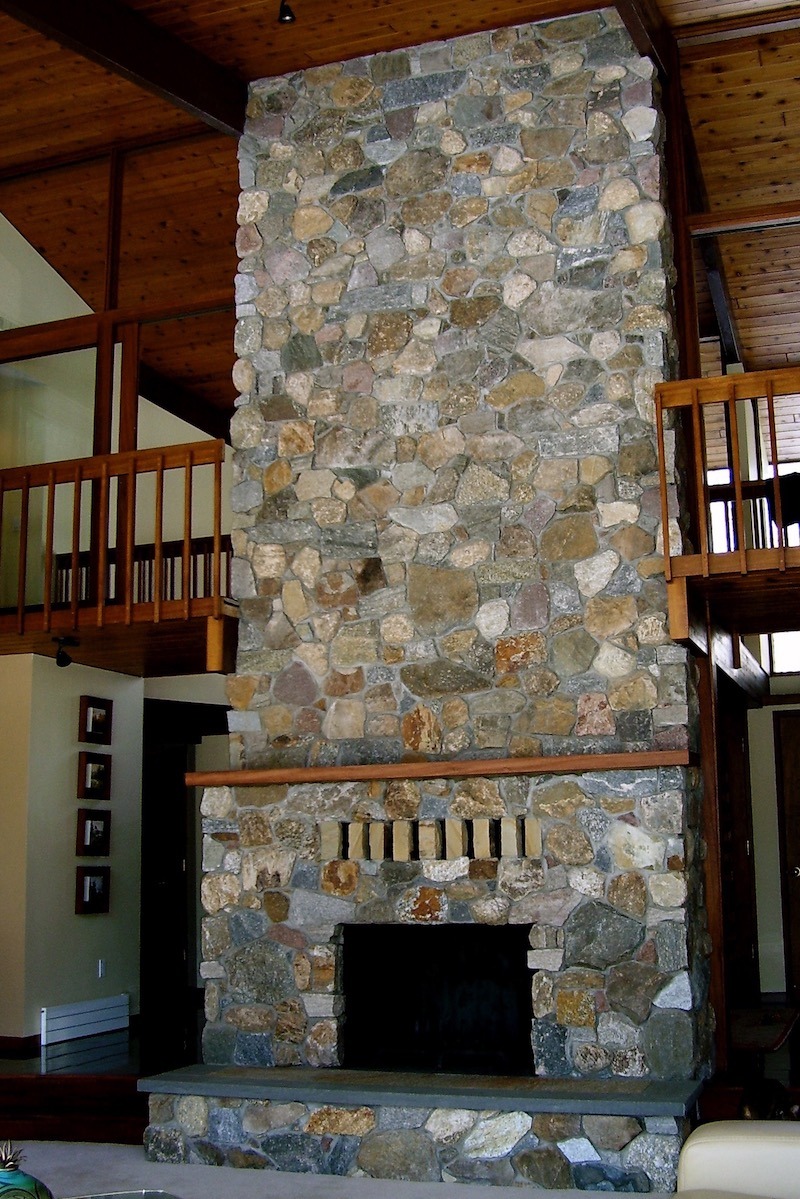[et_pb_section admin_label=”section”]
[et_pb_row admin_label=”row”]
[et_pb_column type=”4_4″]
[et_pb_text admin_label=”Text”]
Everyone involved in building projects, from the client to the project manager and mason, requires a visual idea of the final result. Even though that visual may not be exactly how the project ends up, at least there is a goal that everyone is working towards.
Changes along the way usually improve and customize a project. The moment someone hands me a photo or pulls up something on the web and says “I like this” is the beginning of the process from design to product choices to function leading to a great end result. Here’s the rub – that same moment is when everyone involved can be stuck in a “creative box”; we become overly fixed on the visual in front of us. When this happens we don’t look at all the available options that will allow us to create a custom project that fits the clients needs and taste. Most of the time clients don’t know what they want and we have to find a way to educate, guide and advise them towards making the most effective and beneficial decisions.
Visualization and decision-making are half the battle in building anything. I spend a lot of time in my first meeting with a client just listening. I ask a few questions to get the basics and, by the way, one of the best questions I was taught to ask is “What don’t you like?”. Explaining why they don’t like something helps everyone to eliminate most options. Over years of working with clients it became clearer and clearer that the information I gathered in that first meeting was essential to the success of the project. Sometimes that information at first seemed like the simplest of things, but they were actually gems in building trust and of course getting paid.
Listening and being creative will help significantly in bringing more work. Providing creative thoughts, advice, and insights to the client that support their needs and tastes is adding value to them and to the final outcome of the project. An important part of this process is new visuals. One of the best ways to create a new visual is by mixing products.
Mixing products is nothing new in construction. I remember working as a laborer for my Dad back in the ‘70s where he was mixing materials in his own unique way. Creating his style that fit the needs of the project. In parts of Europe there are many buildings that were built post war with anything that could be found in the area. They worked with what they had usually right there on the ground. In any attractive blend of fieldstone there is a mix of stones. Different kinds of colors, textures and sizes. In Italy there are stain glass windows in churches that have the colorful stain glass with a mix of thin stones that allow light to pass through. Mixing products is nothing new.
What has happened over the years is the categorizing of building materials mainly because of the business of selling building materials. For example the moment someone sees a pallet of a stone product they like, they tend to go with it. For the whole job. Even if there is something about the product that they may not be 100% crazy about. They ignored the other pallets in the same area that could have been added to help create a blend that solves all their visual needs. Many times when I have introduced a mix of products a client says “Can I do that?” My reply is “You can do whatever you want.” The concern under the question of permission is “Will that look right?” No one wants a project that screams “What did they do?!!” But that is subjective to individual taste.
I think mixing products has endless options. Around the world there are incredible projects built by construction artists like Michael Eckerman, Thea Alvin and Andy Goldsworthy. These are true artists who create “out of the box.” Even though the majority of us are not going down that road of artistic creation, we need to see how these artists work. They broaden our thinking and inspire us to try something new. Take a minute or two and see what these three do with stone, wood and other solid materials.
A mentor in the business years ago said to me “Derek, everything has been done. There is nothing new out there. What makes something new is when you take an idea and make it your own.” I realized he was right. Some of the construction I thought that was “new” was actually done way back with the Roman Empire. Ideas that started centuries ago encourage us today. We just need to entertain these ideas. Take a minute to find new inspiration. When inspiration and a great work ethic come together the end result will always be something unique. The work ethic is huge because that will always drive whatever we are building to be “just right”. That thing that makes us put in the extra time to get something to look the best it can. There have been many times over the last twenty-five years when I knew I needed to either rip something down or needed to step back to rethink an area because it wasn’t right. Sometimes I didn’t know why. It was just a visual thing, and the only way to get it right was to keep trying another option. See all of this comes up when you start mixing material because it is not the usual road. It is the creative road. With creativity comes frustration. I am a big fan of keeping frustration low on a project. I know that when I was trying something new to make sure I didn’t expect too much too fast. If I did then everything went wrong.
In my family’s world of working with masonry materials, there have always been the staple jobs that everyone needs done; the front steps, walkways, fireplaces and chimneys. The staples. Every home needed at least one of those, if not all of them. I learned to get very good at building the staples. It took many years of mistakes before that happened, but I knew that those projects where the bread and butter of my business.
Paying the bills is always a good thing. Especially when you are working physically all day and a victim to the weather. I can’t tell you how many tarps I had set up over the years so we could keep working… and of course in the Northeast, the heaters in those tarps during the cold days. I started to see a certain clientele hire our company over the years. They were the ones who knew we would do a very good job at the necessary projects but also that we were the ones who would try something new.
Figuring out how to create something unique was always a challenge, but it became exciting and breathed new life into the staples. Of course, with new products coming out every year it adds to the menu of options.
One of the most aggressively competitive markets out there today is that of the concrete manufactured products. I can see most of you rolling your eyes right now. “Concrete is not brick or stone! It looks fake! I’m a purist. Leave that stuff where it belongs…. with the landscapers and homeowners!”
I will confess I used to think that way too. I remember when one of the first concrete pavers came out in the early 80’s. It was red and tried to look like brick. My father picked it up, flipped it over, smelled it and dropped it back on the pallet. “Garbage” he said and walked away. I wish he was here today to see how far the industry has come. He was right back then, it was garbage, but today the market has exploded with hundreds of options, sizes, colors, textures, thickness, PSI’s (pounds per sq. inch) and protective face mixes. Some are better than others, but they are here and we need to know how to work with them. Not only to know how to work with them, but also how to mix them in our designs.
Finally, I am getting to my favorite part of this article – how to mix natural and concrete materials to create something unique. For me when I was asked to use only concrete products in a design for the walls, walkways and steps; I was less than enthused. I would always try to figure out how to incorporate something natural in the design. I did not want someone’s home to look like a display area at a local retail store. When the client would consider my advice on mixing materials, then we were off and running creating a different kind of project.
I can tell you that when it comes to paving (patios, walkways and driveways) there are more options in the concrete that in the natural products. Not only more options but the installation process is completely different. Instead of being on your hands and knees hammering away with a rubber mallet for the natural stone, you could stand and set the pavers on your base and then compact the pavers with a gas compactor. With our small business we could do about 300 sq. feet a day.
To me there are many jobs that need a concrete paver for a patio with all natural stone and brick around it for the other elements of the job. I say this because most of the budget is spent on the patio and paving options. Going with the concrete in this kind of scenario helps with the budget allowing the client more funds for the other design choices in their plans. One of the problem solvers the concrete industry has helped with is the issue of ‘permeability” and “water management”. Those two subjects have enough information for another separate article but what we need to know is that when a plan calls for “permeable” pavers it is the concrete pavers that help solve that problem. There are many options that can keep the project moving forward and keep the customer happy.
The mixing of products in the concrete world is common practice. Ratios of sizes and colors gives a client choices to create their own blend. There have been many times when someone would use 20% of one color and 80% or another within the same manufacturing line. It is the same process with the natural world of stone and brick. Ratios and choices. Rustic to Contemporary. Bold Colors to Muted Colors. Smooth Textures to Natural Clefts. I could go on and on about the choices one can make. I say give concrete a chance to enhance any project that you are designing.
As masons, we will a have an opportunity to think out of the box. At some point whether it be for a client or for family and friends. Everyone wants a beautiful project and something unique even if it is the simplest of designs. Thinking out of the box can be challenging but in the end it will be one of the most rewarding experiences if we keep our eye on the end result; something that is uniquely yours with your own signature on it.
PHOTO #1
This is my own Wood Burning Oven in my backyard. All the materials are Thin Veneer Stones and Brick except the countertop. There are four different stones here with two different brick. The countertop is a unique slab of a fossilized ocean floor stone from Heartland Stone in Oklahoma.
PHOTO #2
This large boulder was on site. We wanted something to dress up the simple concrete wall, so instead of doing a concrete product column we rolled the boulder in and scribed the concrete wall product to the natural edge of the boulder.
PHOTO #3
This cast iron sugar kettle from Carolina Kettles is supported by a fieldstone and surrounded by a concrete paver circle back outlined with natural cobblestone options.
PHOTO#4 before and after
This before photo is of an old white brick fireplace with white cement and a black granite hearth…the after shot is the same fireplace with 5 different stone mixed in a variety of ratios with a sandstone venting system and a bluestone/granite hearth.
PHOTO #5 Brick, Cobblestone and Stone
This project has a mix of all natural products. The Cobblestone laid against the brick course creates great contrast and the fieldstone mixed walls create a colorful backdrop for elevation changes.
Words: Derek Stearns
Photos: Derek Stearns
[/et_pb_text]
[/et_pb_column]
[/et_pb_row]
[/et_pb_section]






